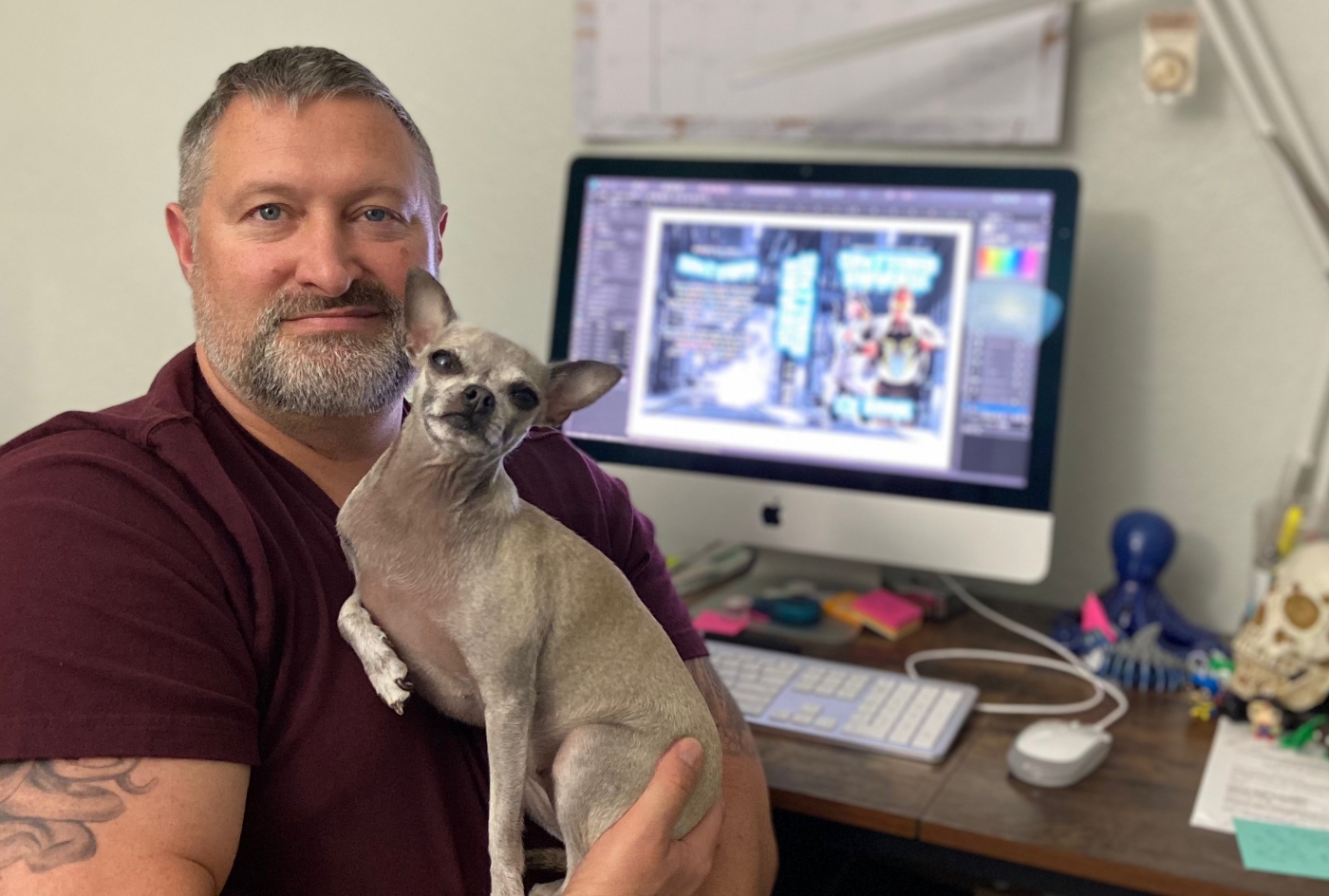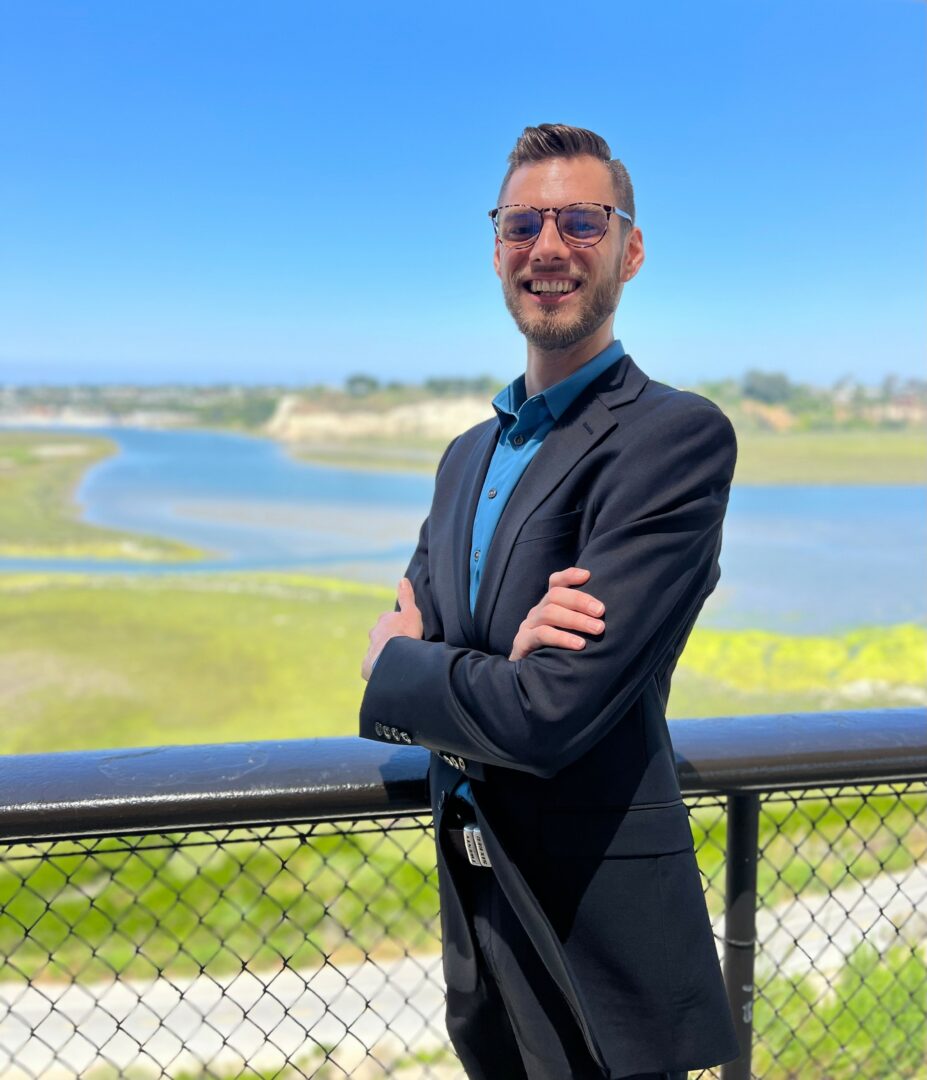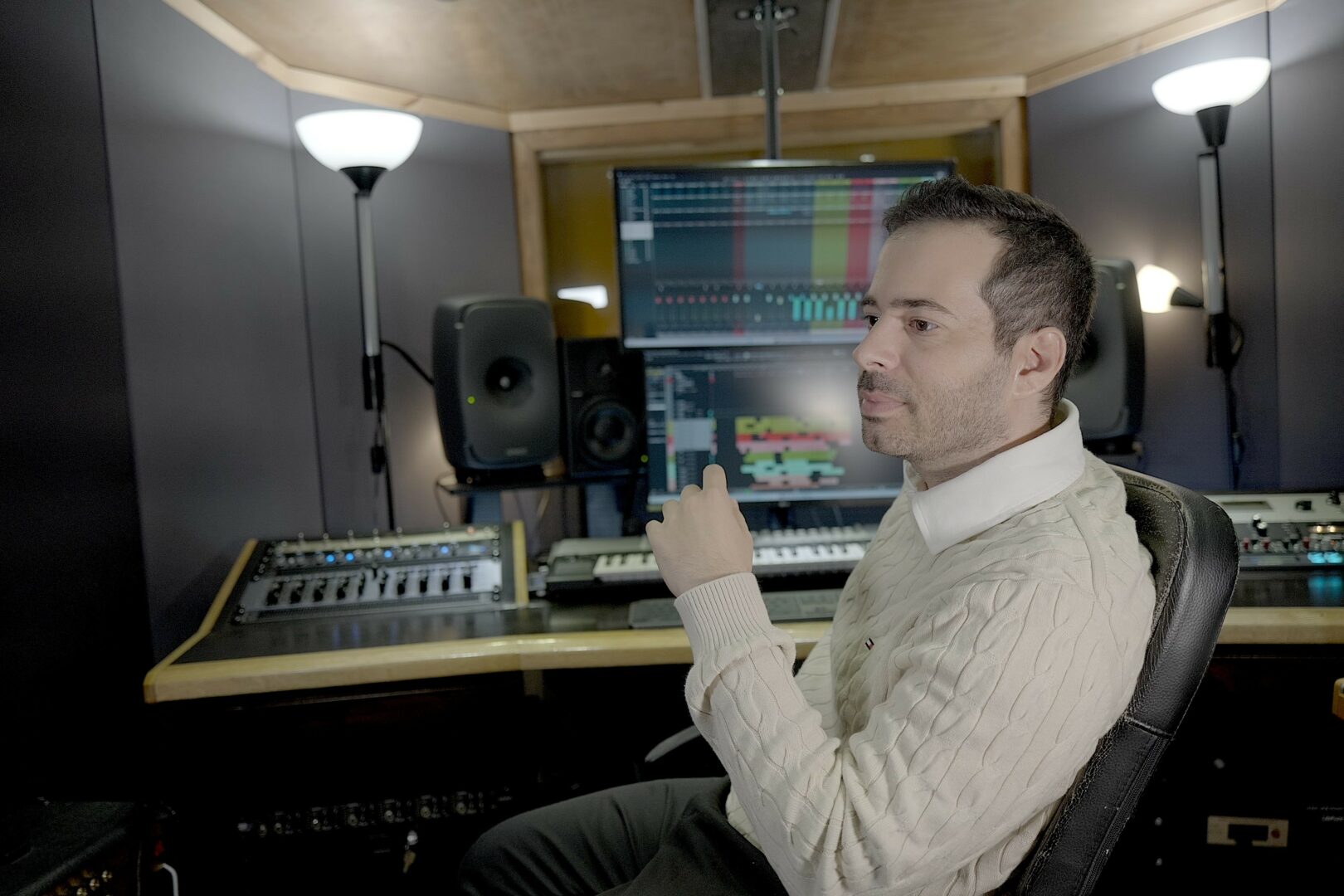We’re excited to introduce you to the always interesting and insightful Ke Wang. We hope you’ll enjoy our conversation with Ke below.
Ke, so many exciting things to discuss, we can’t wait. Thanks for joining us and we appreciate you sharing your wisdom with our readers. So, maybe we can start by discussing optimism and where your optimism comes from?
My optimism springs from a place deep within me, an intrinsic part of who I am, as natural to me as breathing. From the beginning, I’ve always looked forward to what’s next, eager for the future’s possibilities. This outlook has been a constant companion, guiding my steps as an artist and shaping my worldview.
My fascination with the stories of visionaries like Elon Musk and Steve Jobs has only fueled this flame. Their journeys underscore a truth I hold dear: worrying gets you nowhere. Instead, I’ve learned to trust my gut, to lean into my instincts about what feels right in my art. It’s a practice of patience and faith, letting time reveal the next chapter of my journey.
Criticism used to cut deep, leaving me second-guessing my work. But I’ve since realized that if my ideas don’t stir some controversy, perhaps they aren’t pushing the envelope far enough. This realization was freeing, allowing me to embrace the unique voice that controversy can signify.
The bedrock of my optimism, though, is the circle of support that surrounds me—my family, friends, and mentors who’ve always believed in me. My father, in particular, has been a pillar of strength. He’s taught me to see my sensitivity not as a flaw but as a gift. This sensitivity, once a source of worry, has become one of my greatest assets as an artist. It allows me to connect with the world in a deeply personal way, infusing my work with emotion and meaning that resonates.
In essence, my optimism isn’t just a trait; it’s a choice, a way of seeing the world. It’s about trusting the process, embracing the lessons hidden in challenges, and knowing that every step forward is a step toward something new and exciting.
Thanks, so before we move on maybe you can share a bit more about yourself?
In the rapidly evolving world of extended reality (XR), my journey as a designer has been nothing short of a thrilling adventure, marked by innovation, creativity, and a deep commitment to enhancing human interaction within digital realms. At the heart of my work lies a passion for exploring the boundaries of augmented reality (AR), virtual reality (VR), and mixed reality (MR) technologies, with a focus on creating experiences that not only captivate the imagination but also address real-world challenges.
One of my most notable projects involves the design of a groundbreaking pair of shoes that double as foot controllers. This invention tackles the current limitation in XR technology where only hand movements are tracked. By integrating foot and leg tracking, we offer users a more immersive experience that closely mimics real-life interactions, providing unprecedented flexibility in digital environments. This innovation opens up new avenues for interaction within XR, making it a game-changer in the industry.
In addition to hardware innovations, I have also ventured into educational and wellness applications of XR technology. My work on a sign language learning platform exemplifies this, where I designed a fun, game-based environment for users to learn sign language through hand gestures. This project, which won the Best Use of Ultra Leap award at the MIT Reality Hack, highlights the potential of XR to make learning more interactive and accessible.
Furthermore, I’ve explored the intersection of XR and mental wellness through the development of a meditation application. This project underlines my belief in the transformative power of immersive technologies to not only transport us to fantastical outer worlds but also to guide us inward, revealing our thoughts and emotions in a visual and engaging manner. By doing so, we can foster a deeper connection with ourselves, promoting mental well-being.
Another area of my work focuses on productivity and spatial anchoring in mixed reality. By pushing the boundaries of how virtual elements can be integrated into our daily lives, I aim to demonstrate that XR can enhance our real-world experiences, boost our efficiency, and ultimately contribute to our happiness beyond the digital sphere.
Looking ahead, I am excited about the future of XR and its potential to revolutionize how we interact with the world and each other. My ongoing projects and future endeavors will continue to challenge the status quo, seeking innovative solutions that bridge the gap between technology and human experience. I believe that the true power of XR lies in its ability to enhance our reality, making it richer, more interactive, and more meaningful.
As we continue to explore and expand the capabilities of XR, I invite everyone to join me on this journey. Whether through upcoming product launches, events, or collaborative projects, I am committed to pushing the boundaries of what is possible, always with the aim of enriching our lives and bringing us closer to the ultimate goal of harmonious integration between technology and humanity.
If you had to pick three qualities that are most important to develop, which three would you say matter most?
! Reflecting on my journey as a designer in the dynamic field of extended reality (XR), I can pinpoint three core qualities, skills, and areas of knowledge that have been instrumental to my success and could serve as valuable guideposts for those embarking on a similar path.
1. Creativity and Vision
Creativity is the lifeblood of design, especially in the realm of XR, where the possibilities are as limitless as one’s imagination. The ability to envision how emerging technologies can be harnessed to create immersive, engaging, and meaningful experiences has been a cornerstone of my work. From conceptualizing foot controllers for a more immersive XR experience to designing educational games for sign language learning, it’s been my creative vision that has driven innovation.
Advice for Development: Cultivate your creativity by constantly seeking inspiration from a variety of sources, not just within your field. Experiment with ideas, no matter how outlandish they may seem. Creativity thrives on diversity of thought and the willingness to take risks and learn from failures.
2. Technical Proficiency and Adaptability
The landscape of XR technology is ever-changing, with new developments continually emerging. A deep understanding of the technical aspects of AR, VR, and MR, combined with the ability to adapt to new tools and platforms, has been crucial. This technical proficiency not only allows for the practical implementation of creative ideas but also enables the push of boundaries in what can be achieved.
Advice for Development: Stay abreast of the latest technological advancements in XR and related fields. Engage with communities, participate in hackathons, and never stop learning. Hands-on experience with Unity, Unreal, or other developing tools are also helpful.
Looking back over the past 12 months or so, what do you think has been your biggest area of improvement or growth?
Reflecting on my journey of growth and improvement in the past 12 months, particularly in the realm of virtual reality (VR) and augmented reality (AR) design, the most profound area of development for me has been in mastering prototyping skills, especially coding in C# for Unity. This skill set is critical for a designer in the XR field, where the ability to quickly iterate and bring ideas to life is essential. Initially, the prospect of diving deep into coding was daunting, given its complexity and the inevitable errors and debugging that come with learning a new programming language.
My approach to overcoming this challenge was rooted in the philosophy of starting small and being patient. I realized early on that the key to progress was not to be overwhelmed by the magnitude of what I needed to learn but to break it down into manageable, incremental steps. This meant setting realistic goals for myself, starting with simple coding tasks, and gradually building up to more complex projects as my confidence and skills grew.
Adopting a patient, step-by-step approach to learning C# and Unity was transformative. It allowed me to demystify the process of coding, making it more approachable and less intimidating. Each small victory in debugging or implementing a new feature fueled my motivation and deepened my understanding of both the technical and creative aspects of XR design.
Moreover, this journey highlighted the importance of resilience and a growth mindset. By focusing on incremental learning and celebrating small successes, I cultivated a more resilient approach to problem-solving and innovation. This mindset shift was crucial, not only for my technical skill development but also for my overall confidence as a designer in the fast-evolving XR space.
To anyone early in their XR design journey, my advice is to embrace the philosophy of starting small and being patient with yourself. The complexities of coding and prototyping can seem overwhelming at first, but by breaking down the learning process into smaller, manageable pieces, you’ll find that progress is not only possible but also incredibly rewarding. Remember, every expert started as a beginner, and patience, perseverance, and a willingness to learn from every error are your greatest tools for success.
Contact Info:
- Website: https://www.kellywang.design/
- Linkedin: https://www.linkedin.com/in/ke-w-940751100/









